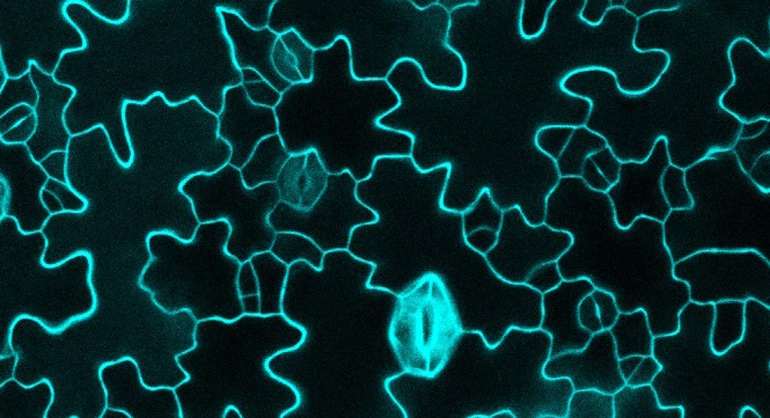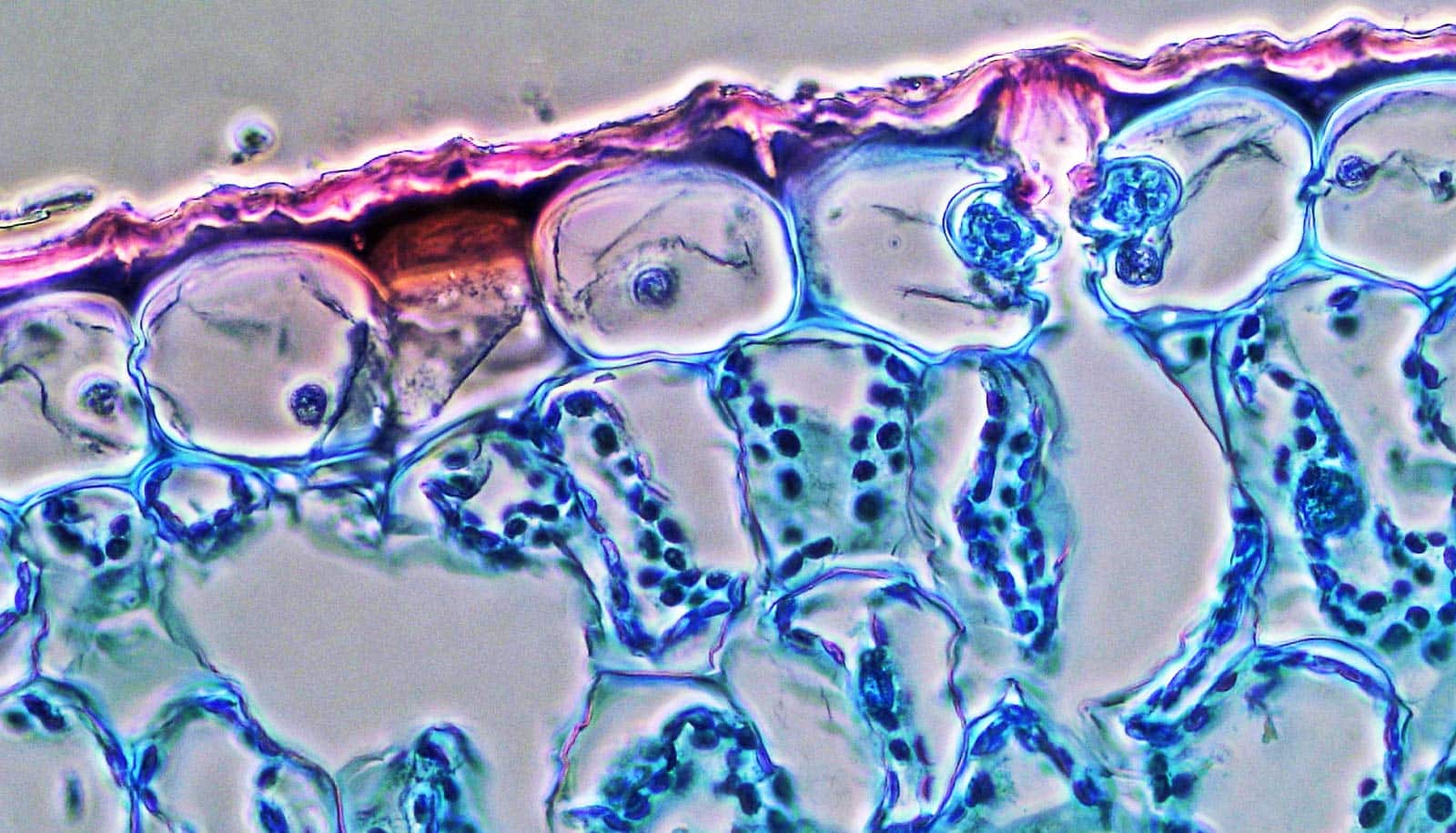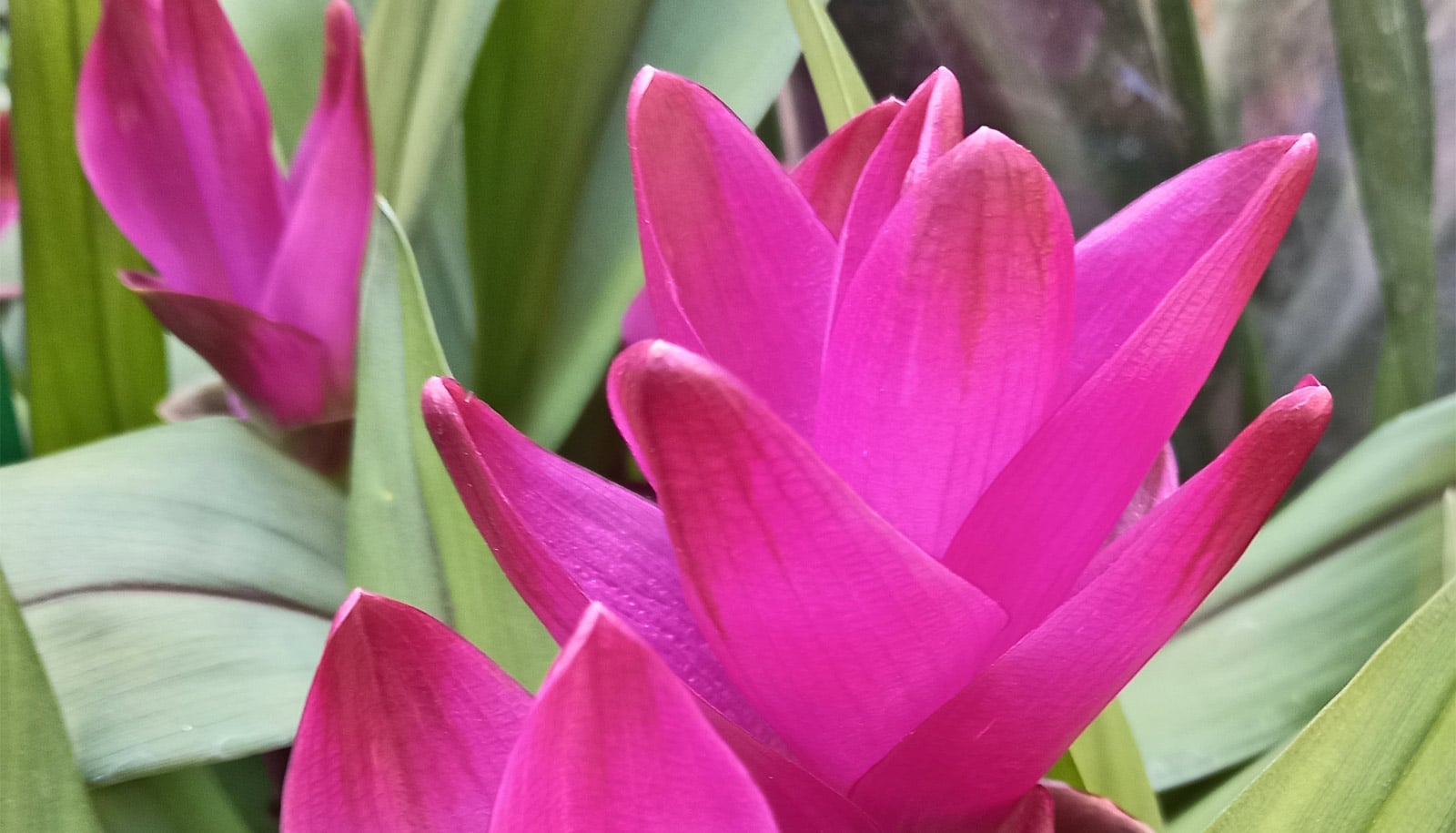New research describes how tiny pores called stomata form in plants.
Through photosynthesis, plants use sunlight and carbon dioxide to make food, belching out the oxygen that we breathe as a byproduct. Nearly all land plants use stomata to take in carbon dioxide and release oxygen.
Thousands of stomata dot on the surface of the plants. Understanding how stomata form is critical basic information toward understanding how plants grow and produce the biomass upon which we thrive.

The authors of a paper in the journal Developmental Cell discovered that a gene in plants known as MUTE orchestrates stomatal development. MUTE directs the activity of other genes that tell cells when to divide and not to divide—much like how a conductor tells musicians when to play and when to stay silent.
“The MUTE gene acts as a master regulator of stomatal development,” says senior author Keiko Torii, a professor of biology at the University of Washington and an investigator at the Howard Hughes Medical Institute. “MUTE exerts precision control over the proper formation of stomata by initiating a single round of cell division—just one—in the precursor cell that stomata develop from.”
Stomata resemble doughnuts—a circular pore with a hole in the middle for gas to enter or leave the plant. The pore consists of two cells—each known as a guard cell. They can swell or shrink to open or close the pore, which is critical for regulating gas exchange for photosynthesis, as well as moisture levels in tissues.
“If plants cannot make stomata, they are not viable—they cannot ‘breathe,'” says Torii, who also is a professor at Nagoya University in Japan.
How plants avoid ‘sunburn’
Torii and her team investigated which genes governed stomata formation in Arabidopsis thaliana, one of the most widely studied plants on the planet. Past research by Torii’s team and other researchers had indicated that, in Arabidopsis, MUTE plays a central role in the formation of stomata. The MUTE gene encodes instructions for a cellular protein that can control the “on” or “off” state of other plant genes.
The researchers created a strain of Arabidopsis that can artificially produce a lot of the MUTE protein, so they could easily identify which genes the MUTE protein turned on or off. They discovered that many of the activated genes control cell division—a process that is critical for stomatal development.
Finally, the mysterious first part of photosynthesis comes into view
“Like a conductor at the podium, MUTE appears to signal its target genes—each of which has specific, and even opposite, parts to play in the ensuing piece,” says Torii. “The result is a tightly coupled sequence of activation and repression that gives rise to one of the most ancient structures on land plants.”
Additional coauthors of the paper are from the University of Washington; Kyushu University; and the RIKEN Center for Integrative Medical Sciences. The National Science Foundation, the Gordon and Betty Moore Foundation, and the HHMI funded the work.
Source: University of Washington



